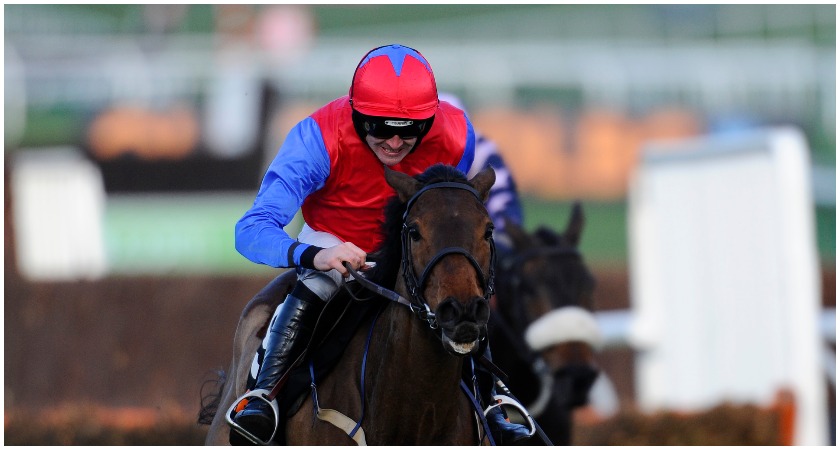Brought to you by Betfred's Alan Firkins
I’VE been attending the National Hunt Festival since the mid-70’s. It might be my memory, but the going back then seemed invariably to be on the heavy side.
Muddy flares was such a scruffy look. These days they often water to ensure safe ground. Global warming, or wonderful land management? Answers on a betting slip, please …
The course itself, the setting, is absolutely breath-taking. It’s a bit overwhelming to be honest, but in a good way. A very good way. You’ve read all the clichés a thousand times – natural amphitheatre, that killer view up to Cleeve Hill – but nothing prepares you for the first time. It’s uniqueness is that every time carries that very same level of heady excitement as the first.
Kindly add to that unmatchable vista some of the world’s finest horses, bravest jockeys, most talented trainers, and 70,000 fans roaring their approval – and you’ve one heady cocktail that will, assuredly, stay with you forever and beyond.
Cheltenham’s greatest charm and near-contradiction is that it’s huge, but intimate at the same time. That amphitheatre may engage the senses in CinemaScope, Panavision and full surround sound, but you never feel far away from the magic. The drama. It’s unfolding before your very eyes, in every corner – a blur of colour, passion, and historic endeavour.
In those early years three horses in particular demanded my attention – and what a way to start my love affair with the place. Three hurdlers from the ultimate pantheon, and who flourished on that great Cotswolds’ stage. Monksfield, the warrior from Ireland, and as dynamic and contrasting a duo of rivals as one could wish to hope for – North Yorkshire’s very finest – Night Nurse, and Sea Pigeon.
All, with wonderful sporting grace and symmetry, won the Champion Hurdle twice. I was present to see my favourite, the sleek, dark assassin Sea Pigeon, win under John Francome, in 1981. It was as close to poetry as sport can get.
Conserving the energy of a regally-bred speedster, the son of Derby and Arc hero Sea Bird no less, Francome pounced late. One telling, killer kick. A scintillating saunter, in front of an adoring congregation at worship. It’s something I’ll never, ever forget – Cheltenham can do that to you.
 Witnessing history: Quevega, ridden by Ruby Walsh, winning a record sixth consecutive Mares' Hurdle in 2014 (Image: Getty)
Witnessing history: Quevega, ridden by Ruby Walsh, winning a record sixth consecutive Mares' Hurdle in 2014 (Image: Getty)‘Pigeon’ and his great rival Night Nurse are buried together at Great Habton. Monksfield cost just 740 guineas as a yearling. Cheltenham royalty.
I’ve watched the action down the years from just about every viewpoint. I ran along the sodden lawn ‘alongside’ surprise Champion Hurdle victor Beech Road in 1989, and had a wonderful view from the gods trying to determine which of Garrison Savannah and The Fellow had lifted the Gold Cup, in 1991.
For Quevega’s astonishing, record-breaking sixth Mares’ Hurdle in 2014 I was close-by to the pulling-up area, a peaceful interlude before returning to the fray – while a near-deafening roar rolled across from the stands like an earthquake as she battled her way to immortality, reminding me exactly where I was. As if you ever need reminding.
Cheltenham is happily the broadest of churches, and all readily rub along whilst paying homage to the stars on the track. And they are stars. Feted. Lauded. Loved. Admired; and spoken of by grateful scribes like me for decades to come, thanks to their magnificent exploits on that patch of verdant majesty known locally as Prestbury Park.
Special? You bet.
Visit Betfred.com for the best odds on the 2019 Cheltenham Festival!


